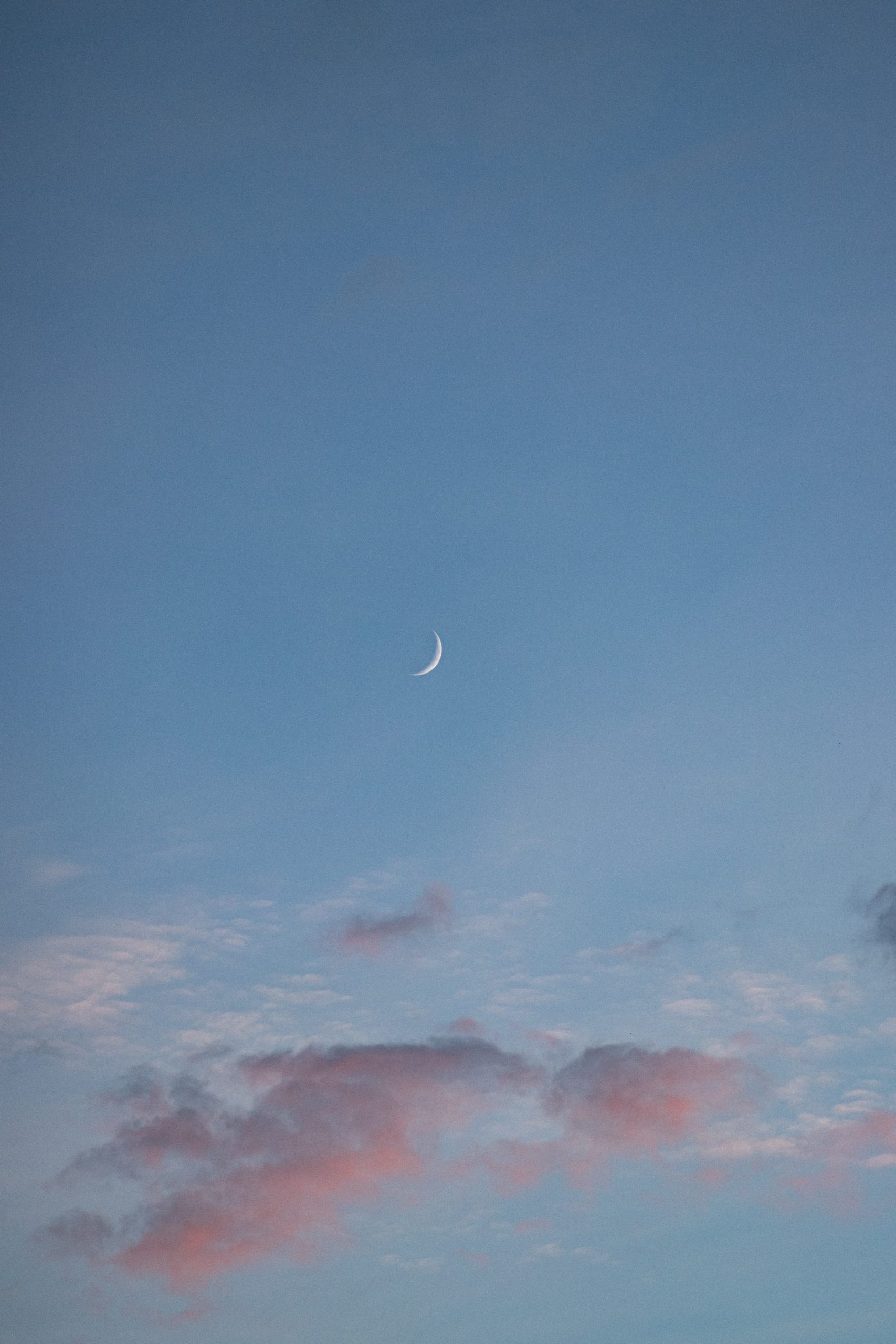Types of Crescent Moons: Exploring the Many Shapes of Our Lunar Neighbor
The moon is a wondrous celestial body that has captured the fascination of humans for centuries. Its gentle glow and ever-changing shape have inspired countless myths, legends, and scientific inquiries. One of the most enchanting phases of the moon is the crescent, when only a small portion of it is visible from Earth. But did you know that there are different types of crescent moons? In this blog post, we will explore the various shapes that the crescent moon can take, shedding light on their unique beauty and significance.
The Waxing Crescent Moon
The waxing crescent moon is the first stage of the moon’s journey from new moon to full moon. During this phase, a small sliver of the moon is visible, which gradually grows larger each night. The shape of the waxing crescent resembles a sideways ‘C,’ with the illuminated portion on the right side.
To identify the waxing crescent moon, you can look for these distinctive features:
- A thin, illuminated sliver that is greater than 0% but less than 50%
- The illuminated side is on the right
The Waning Crescent Moon
The waning crescent moon is the final phase before the new moon, as the illuminated portion gradually diminishes. It appears as a reversed version of the waxing crescent, resembling a ‘C’ flipped horizontally, with the illuminated portion on the left side.
To recognize the waning crescent moon, keep an eye out for these distinguishing characteristics:
- A thin, illuminated sliver that is greater than 0% but less than 50%
- The illuminated side is on the left
The First Quarter Moon
The first quarter moon occurs when half of the moon’s surface is illuminated. It is often referred to as a “half moon” due to its appearance. However, strictly speaking, it is a quarter of the way through its lunar cycle.
To identify the first quarter moon, look for these key features:
- A half-moon shape, resembling a ‘D’
- Exactly 50% of the moon’s surface illuminated
The Third Quarter Moon
The third quarter moon is the last quarter of the lunar cycle before it reappears as the new moon. It is often mistaken for a half moon, just like the first quarter moon. However, the key difference lies in which side of the moon is illuminated.
To distinguish the third quarter moon, observe these prominent attributes:
- A half-moon shape, resembling a ‘C’
- Exactly 50% of the moon’s surface illuminated
The Earthshine Phenomenon
While not exclusive to crescent moons, it is worth mentioning the Earthshine phenomenon. This occurs when sunlight reflects off the Earth’s surface and illuminates the portion of the moon that is not directly lit by the sun. As a result, a faint glow or ghostly light is visible on the shadowed side of the moon during certain phases, particularly during waxing and waning crescent phases.
The Symbolic Significance of Crescent Moons
Beyond their breathtaking aesthetics, crescent moons hold symbolic meaning in various cultures and belief systems. In many civilizations, crescents are associated with fertility, rebirth, and the cyclical nature of life. The moon’s transformation from a darkened new moon to a full moon and back again is often seen as a metaphor for personal growth and transformation.
In Islam, the crescent moon is an important symbol that marks the beginning and end of the Islamic lunar month, guiding the observance of important events such as Ramadan and Eid. Additionally, the crescent moon holds significance in pagan traditions, where it represents the lunar goddess and feminine energy.
In Conclusion
The crescent moon is undoubtedly a captivating phase in the lunar cycle, offering a glimpse of both the moon’s beauty and the potential for change. From the waxing crescent to the waning crescent, each shape carries its unique charm and symbolism. Take a moment to look up at the sky and appreciate the different types of crescent moons, for they remind us of the ever-evolving nature of our universe and our own lives.
Whether you find inspiration in the scientific wonders of astronomy or the cultural significance attached to these celestial shapes, one thing is certain – the crescent moon continues to mystify and captivate us with its celestial dance.
Table of Contents
